“Here Today Gone Tomorrow – The delicate balance of sand, water and life.”
I have been drawn to a thin spit of sand and scrub pine for the past 20 years. The landscape is shaped and re-shaped by storm after storm. Sand dunes, sculpted by the wind and sea, slowly shift, creating an ever-changing mural. The quality of light is otherworldly. Sand, water and weather are the key – high and low pressure fronts change so quickly light becomes ephemera.
The Cape Cod National Seashore comprises a majority of the landmass on the Outer Cape. It is shaped by vast stretches of dunes, bogs, ponds, forests and beaches – all accessible to anyone willing to hike in. The delicate balance of sand and water is a tug of war between the land and the sea. It is a powerful, yet fleetingly beautiful place.

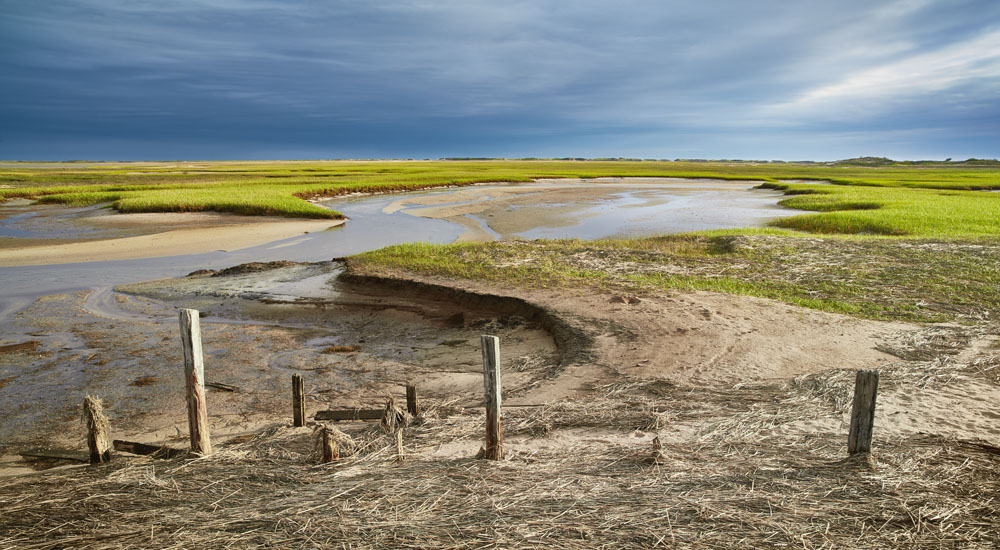
My wife, Ellie, is an impressionist painter. She is a student of the Cape Cod School of Art, established by Charles Webster Hawthorne in Provincetown, Massachusetts in 1898. We spend our time together in the dunes and beaches of Wellfleet, Truro and Provincetown. We hike in and find a spot. Ellie sets up her easel, spending hours on one painting. As she works, I wander, studying the landscape. This change of pace has taught me to slow down, be patient, have faith in my composition and wait for the light. More often than not, the storm clouds persist, the light stays flat and nondescript. But on occasion, one is given the gift of a moment, the clouds break and the landscape erupts in beauty.
I visit these haunts ritually, photographing and re-photographing the landscape. It is a form of meditation, a cathartic experience where the quality of the light transforms the familiar to the unreal.
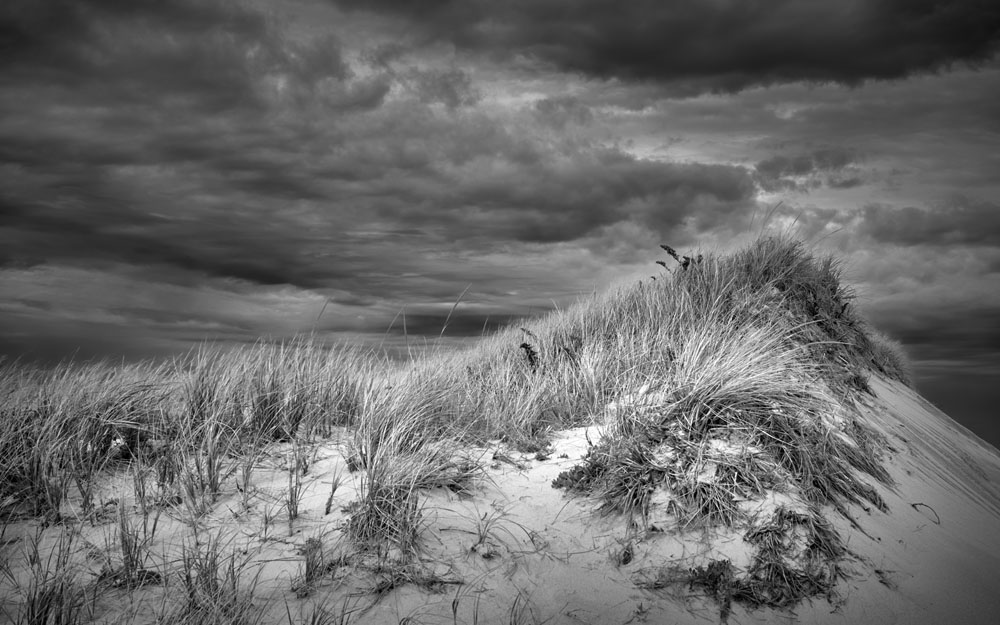
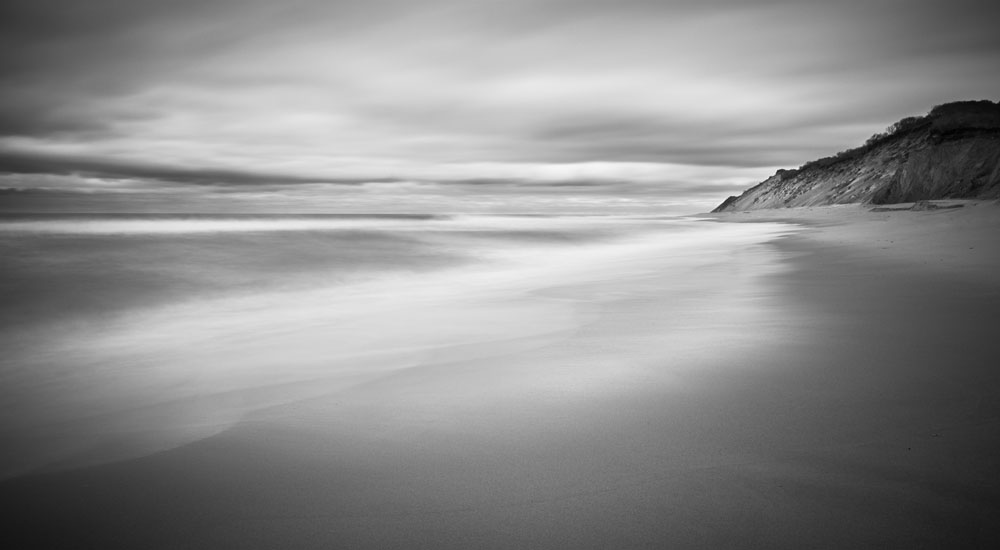
As vulnerable as this habitat is, it pushes back against human attempts to protect it. Snow fences, erected to slow the movement of sand and inevitable erosion, are buried and crushed by the constant flow of wind and water.
Concrete piers and stone breakwaters are eventually broken by the tides, washed out to sea or left upended, a relic from the past. These crumbled and submerged forms are a testament to the natural powers that ravage the land.
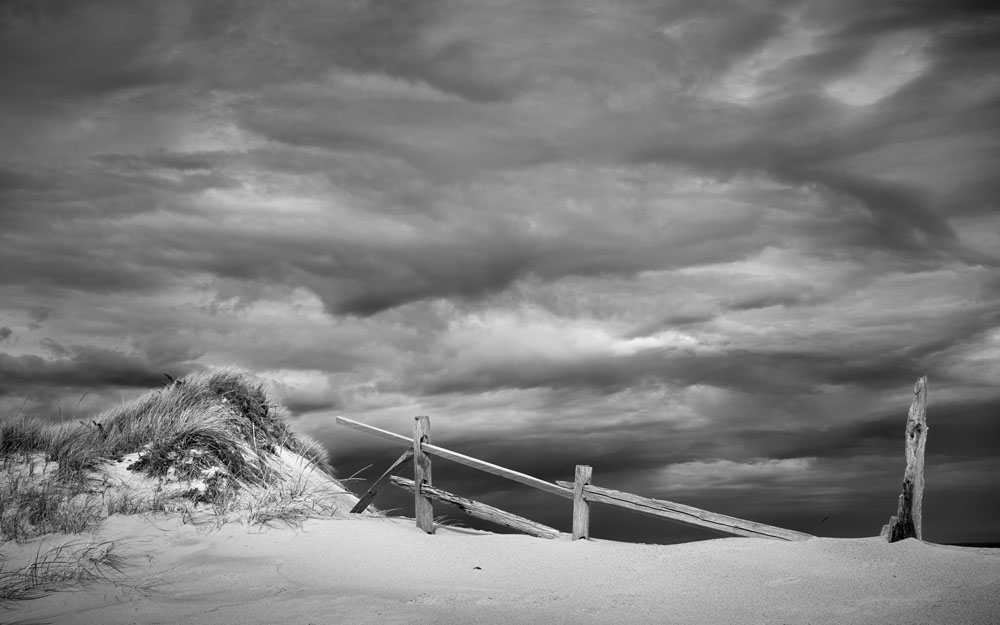
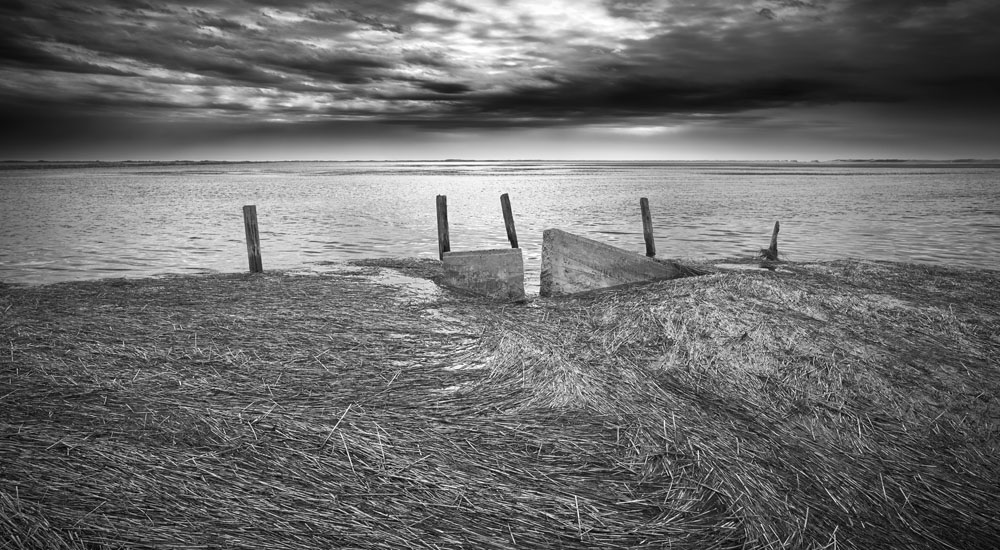
The forces of nature are hard in the dunes. Flora is stunted and twisted, a wonderful contrast against the windswept sand. Competition between species, the perpetual fight for patches of fertile soil, creates a visual pallet of color and form. Natural boundaries between salt water species and fresh water species forge delineated lines that crash into a swirling patchwork of hue and texture.
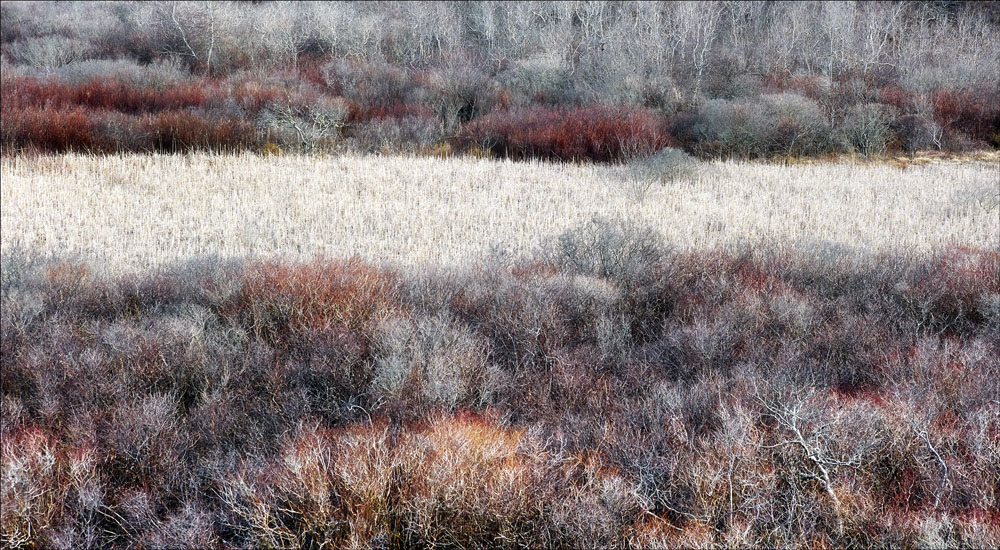

It comes down to water. Frozen water formed the Cape. Glaciers deposited their till, forming the landmass. Water grinds the rock to sand. And water will eventually reclaim this thin spit of land, sucking it back into a dark and hidden tomb. One could say, what the water gives the water will take.
But for today, it’s the water that charges the light, opens the shadows, pushes the weather and gives the gift of this mystical place.
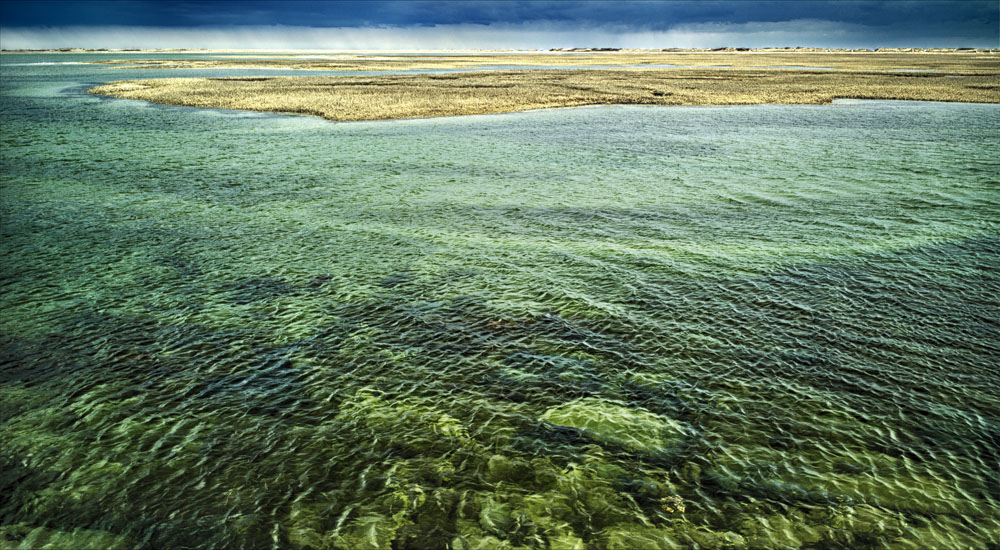
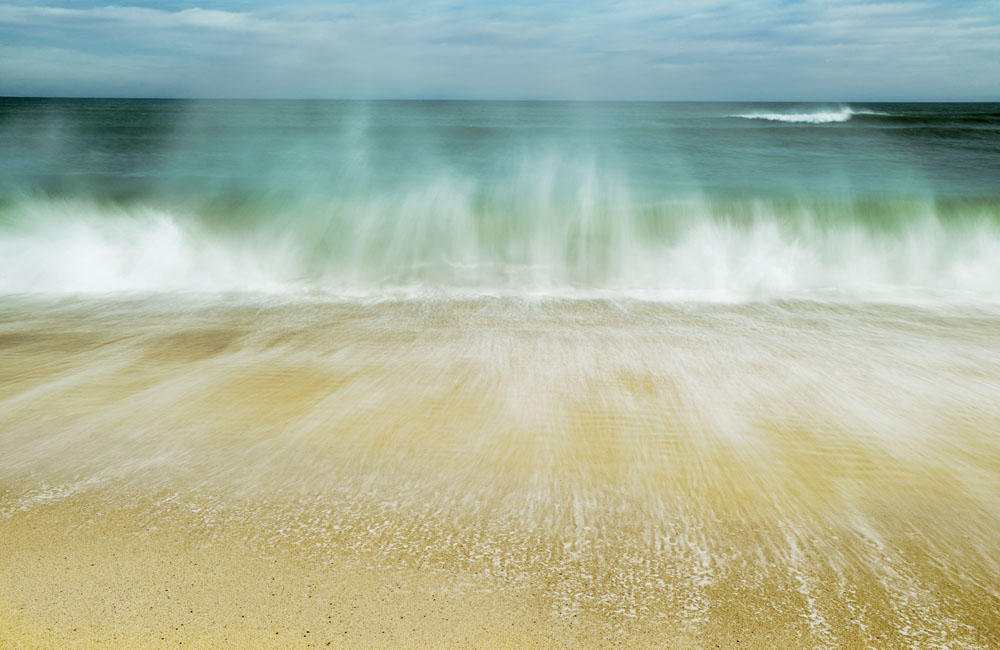
Thank you for taking the time to read and look at my photographs.
To see more of my photos, please visit me on: Instagram | Website.
About Author

- Jeffrey Coolidge is a photographer living and working in Massachusetts. His client’s include Medtronic, Johnson & Johnson, Fed-X and Staples. Jeffrey is an active photo contributor to Getty Images.
Latest stories
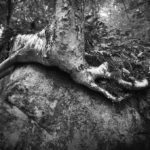 Jeffrey CoolidgeSeptember 1, 2017Forest for the Trees
Jeffrey CoolidgeSeptember 1, 2017Forest for the Trees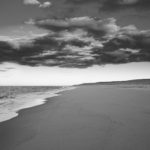 Jeffrey CoolidgeMarch 14, 2017Here Today Gone Tomorrow
Jeffrey CoolidgeMarch 14, 2017Here Today Gone Tomorrow

such a beautiful collection of this place and it s fleeting moments..love!!!
Great article! Photographs are breathtaking!
Your sister Nan sent this to me, so glad she did!
Thank you!
A wonderful melding of words and pictures. A reader can feel some of what Jeff feels. This makes me want to re-visit the Cape.
Beautiful Jeff!
These photos are beyond amazing and then the extra bonus of your beautiful writing. I’m longing for the book you might publish with your talent of eye and pen.
Thanks for sharing this…. hope you don’t mind if I pass it ahead to others.
Hank
Beautiful photos, very moving. It takes real talent to capture in a photo what nature offers us. I love your description on how water is the driving force in this place:
“But for today, it’s the water that charges the light, opens the shadows, pushes the weather and gives the gift of this mystical place.”
Beautiful. Beautiful photos and beautifully written.
Amazing beauty. Thank you, Jeff. This is just what I needed to see to inspire me in the last dark of winter. Stunning.
Love your writing and photos Jeff and so glad you and Ellie are enjoying life. Hope to stop by the studio this year!
This is so fabulously put together Jeffrey. Really enjoyed it!
Thanks for sharing it with us.
Very nice Jeff…..Glad to see you have kept your fantastic eye over all these years…..funny, just before you sent this I was remembering our joint photo exhibit at hampshire…..and those crazy invitations we sent out…..hope all is well…..I need to start doing here in the neighboring Everglades, what you did on Cape Cod……All the best to you and the family….E